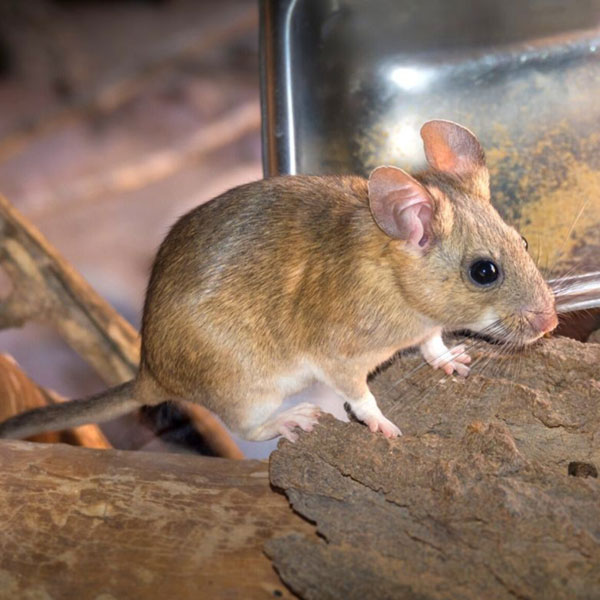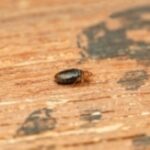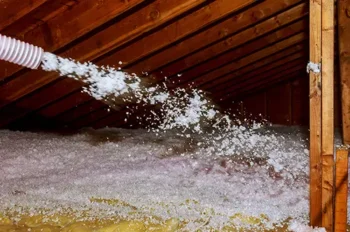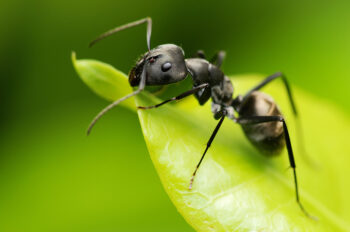
The definition of a pest is an unwanted organism. Why would rodents such as mice and rats be unwanted? Rodents take advantage of our environment by living under our roofs and stealing our food. They damage and destroy our buildings, properties, and electronic communications as well as utility systems by gnawing and burrowing activities. For NYC residents and businesses, this can mean big problems – fast!
Rodents more importantly carry and transmit diseases. The rodent has been implicated in about 55 different diseases. Historically, they are responsible for the black plague, killing millions of people. Yet rodents can and do benefit humans in health care research and outside the city limits in their nature environment, where they remain an important part of the ecosystem. Rodents can and do bite humans. and cause allergic reactions which may lead to asthma.
Rats
The biology of the rat, mostly the Norway Rat (Rattus norvegicus) in New York City is of an animal that has been around for at least 150 years. It is a large rat that may grow up to 16 inches long from nose to tail and weighs 12-16 oz. They do NOT grow to about the size of a cat. They are grayish brown, but may come in several color variations from white to black. The gestation period is about 22 days with an average litter of 8-12 pups. The female will produce 4 to 7 liters in her lifetime. The average life span of a feral rat is 5 to 12 months.
Rats are ground-dwelling mammals that burrow into the ground to nest. They can and will be found around sidewalks and building foundations or in empty lots. The typical number of rats in a burrow will be from 1 to 12 rats. I have seen a burrow system with a rat colony of more than 50 rats in Brooklyn.
The rat will feed on any food humans eat. They love the American Cockroach, also known as the waterbug in New York City. They mostly come out at dusk and dawn. The average rat consumes about 0.5 to 1 ounce of food per day. The Norway rat requires water in addition to their food source, consuming 1 to 2 ounces daily. Rats do constantly explore their surrounding and are skittish or neophobic in their behavior. They are cautious of new objects in the area they explore.
The Roof rat (Rattus rattus) is not found in the NYC area; however, a new invasive species Gambian pouched rat (Cricetomys gambianus), also known as the African giant pouched rat, has made an appearance in Manhattan, Queens, Brooklyn, and surrounding areas. This is a very large rat that grows up to 3 feet long including its tail. It weighs from 2.2 to 3.1 lbs. This rat has very poor eyesight and depends greatly on its sense of smell and hearing.
Gambian pouched rats have become an invasive species on Grassy Key in the Florida Keys, after a private breeder allowed the animals to escape. This outsized African rodent is also believed to be responsible for the current outbreak of monkeypox in the United States, after spreading it to prairie dogs which were purchased as pets. In 2003, the United States’ CDC and FDA issued an order preventing the importation of the rodents following the first reported outbreak of monkeypox. Around 20 individuals were affected. (Wikipedia)
Last year in August 2011, one of these giants was killed at the Marcy Houses in Brooklyn, NY. Another around the same time was killed in the Bronx, NY. If you suspect a Gambian pouched rat has infested your apartment or business, contact Magic Exterminating right away.
Mice
The biology of the house mouse (Mus musculus) in New York City is of a small rodent that is about 2 to 3 1/2 inches long and weighs about 5/8 to 1 ounce. The color is grayish-brown on top and a light cream color on the underside. Female mice reproduce up to 8 times in their lifespan, with litters averaging 4 to 7 pups. The pups become sexually mature and able to mate in as little as 5 weeks. Generally, sexual maturity is reached in 5 to 8 weeks.
The house mouse is very curious and will explore their surroundings quite often. They consume 1/10 of an ounce of food per day, and water is not essential to survival if the food contains at least 16 percent moisture. NYC Mice contaminate more food by tasting and marking their territory with urine and droppings than by consumption alone. They are excellent climbers, and have developed a strong social hierarchy. The average lifespan is less than one year.
Both rats and mice use their whiskers to detect motion and test surfaces. The rodents may also become pregnant again in as little as 24 to 48 hours after giving birth.
Rodent Control
At Magic Exterminating, our New York City rodent control starts with a thorough inspection of the facility, building, school, office, open field, empty lot, park land, construction site, or home.
- The inspector starts by conducting an interview with the client and inspecting the location both inside and outside.
- Magic’s inspectors will look three-dimensionally, looking both high and low. Rodents have been known to climb 30 feet to gain access to a structure.
- Identify interior and exterior problem areas such as: runways, nest, feeding sites, water sources, openings, burrows, and harborages.
- A course of action is prescribed using education, sanitation solutions, exclusion techniques, trapping, and treatment plans that best our client’s unique situations.
If you suspect your New York City residence or business has an infestation of rodents, contact Magic Exterminating for a Free Estimate. Our knowledgeable rat and mice exterminators will be able to identify the problem, prescribe a specific course of action for treating the affected area, and make recommendations for future prevention.
By Ralph H Maestre BCE





